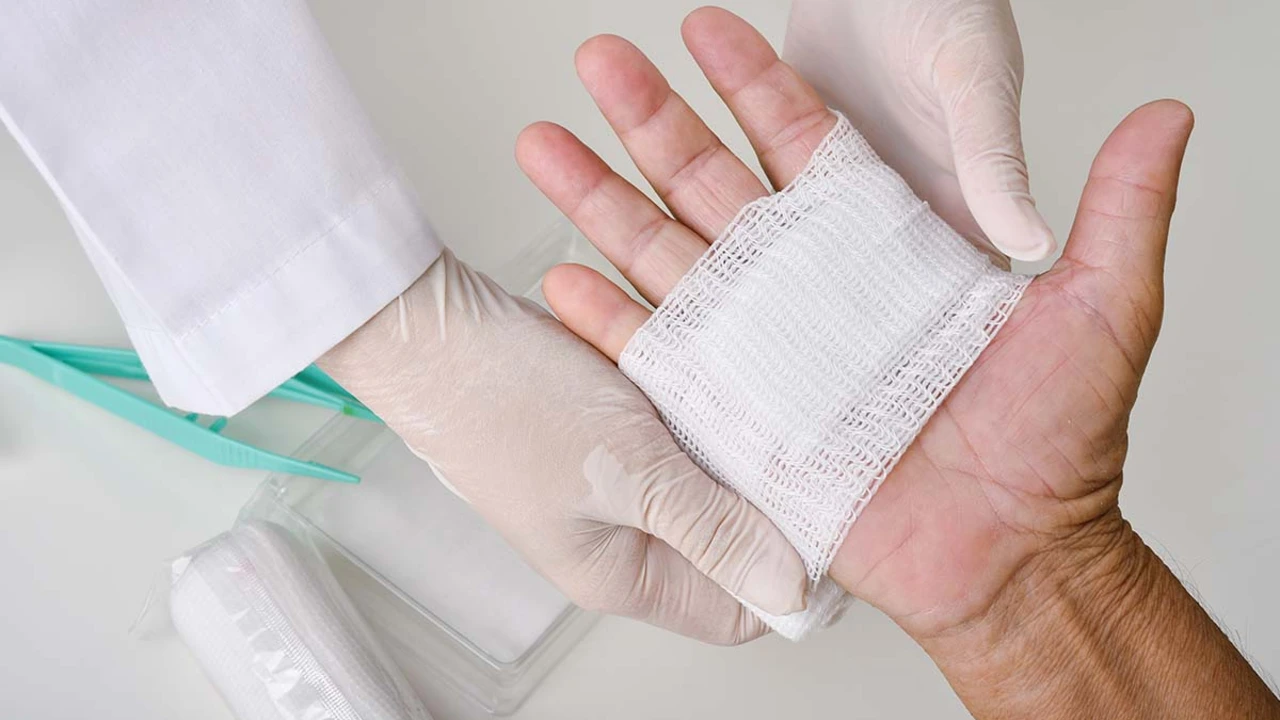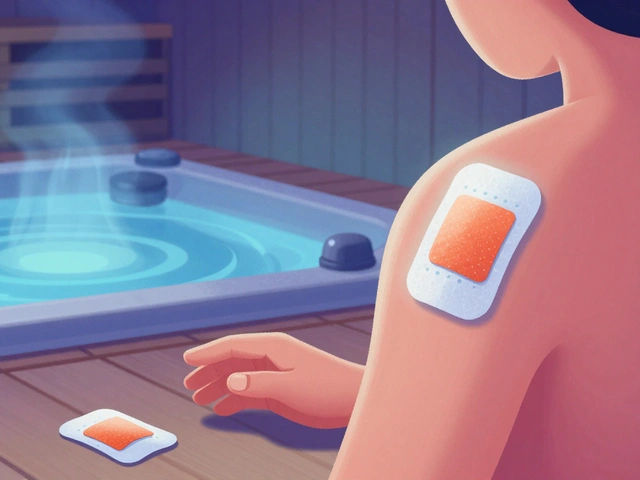Wound Care: Practical Steps to Help Cuts and Scrapes Heal
Got a cut or scrape? The right first steps can stop trouble fast. Start by washing your hands, stop bleeding with gentle pressure, then rinse the wound with clean water to remove dirt and bits. Avoid scrubbing hard — that can slow healing or push debris deeper.
Quick first-aid steps
Once bleeding is under control, clean around the wound with mild soap. Use saline or plain tap water to flush the injured area; save strong chemicals like hydrogen peroxide or alcohol for initial debris removal only, because they can damage healthy tissue if used repeatedly. Apply a thin layer of an antibiotic ointment if you normally use one, then cover with a sterile dressing or adhesive bandage. Change the dressing when it gets wet or dirty — usually once a day — so you can check how the wound is doing.
Keeping the wound slightly moist speeds healing and cuts down scab cracking and scarring. Dressings that lock in moisture, like hydrocolloid or foam, work well for blisters, shallow cuts, and surgical wounds. For deep or heavily bleeding wounds, use sterile gauze and get medical help.
Choosing dressings and spotting infection
Dressing choices matter: simple adhesive bandages are fine for tiny cuts; sterile gauze with tape works for larger ones; transparent film dressings let you watch healing without removing the cover. Hydrocolloid dressings help shallow wounds heal faster and reduce pain. If you have diabetes or poor circulation, talk to a clinician before using advanced dressings — these conditions change how wounds should be treated.
Watch for early signs of infection: increasing redness that spreads, warmth around the wound, new or growing pain, pus or cloudy drainage, and a fever. If any of those show up, call a healthcare provider. Also seek care right away for deep cuts, wounds with embedded objects, animal or human bites, high-pressure injections, or anything that won’t stop bleeding after 15–20 minutes of firm pressure.
Scars are part of healing, but you can reduce them. After the skin has closed, using silicone sheets or gels and protecting the area from sun helps. Avoid picking scabs — that increases scar risk and infection chance.
Small extra tips: keep your tetanus shot current if the wound is from rust, soil, or animal bites; clean tools or tweezers with alcohol before touching a wound; and if you’re on blood thinners or have a weakened immune system, contact your doctor early. If you need reliable supplies or clear guides, choose pharmacies and sources you trust — look for reputable reviews and clear return or safety policies.
Wounds usually look better each day. If healing stalls for more than a week, or the wound gets worse, see a clinician. A quick check can prevent bigger problems and keep you moving on with life.
Hi, I am a healthcare blogger and today I want to bring your attention to a crucial aspect of maintaining wellness - proper wound care. It's not just about bandaging a scrape or stitch; proper wound care plays a pivotal role in preventing serious skin infections. In this article, we'll dive into practical tips on maintaining wound hygiene and explore advanced preventative measures. Don't overlook the essentiality of caring for even minor wounds, because preventing skin infection starts with proper wound care.



